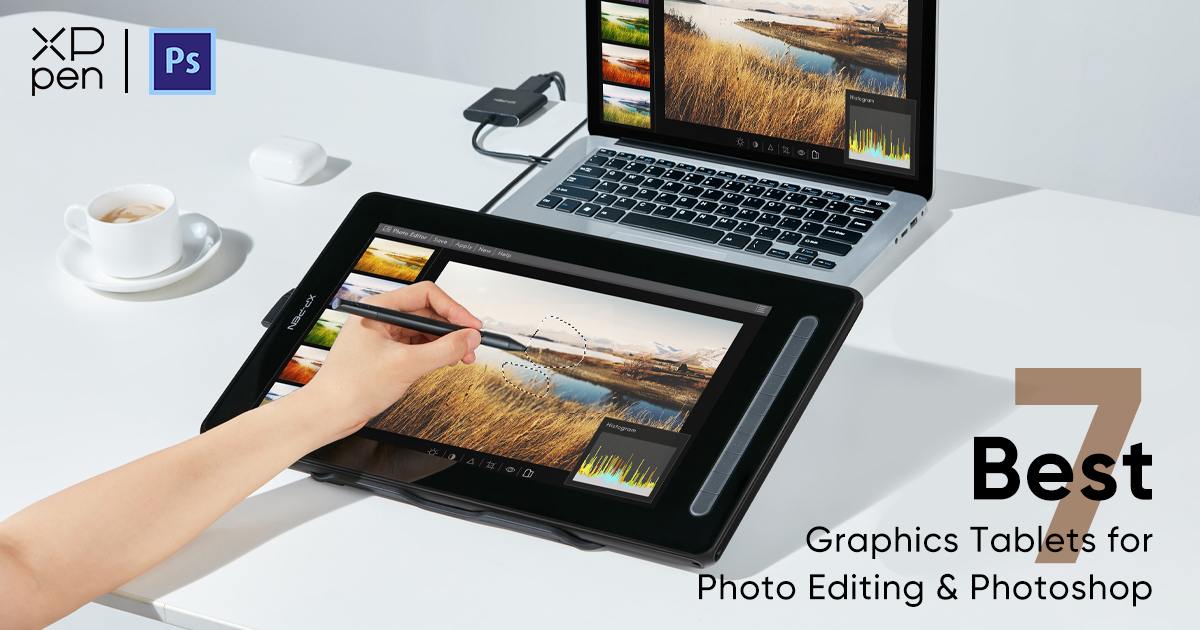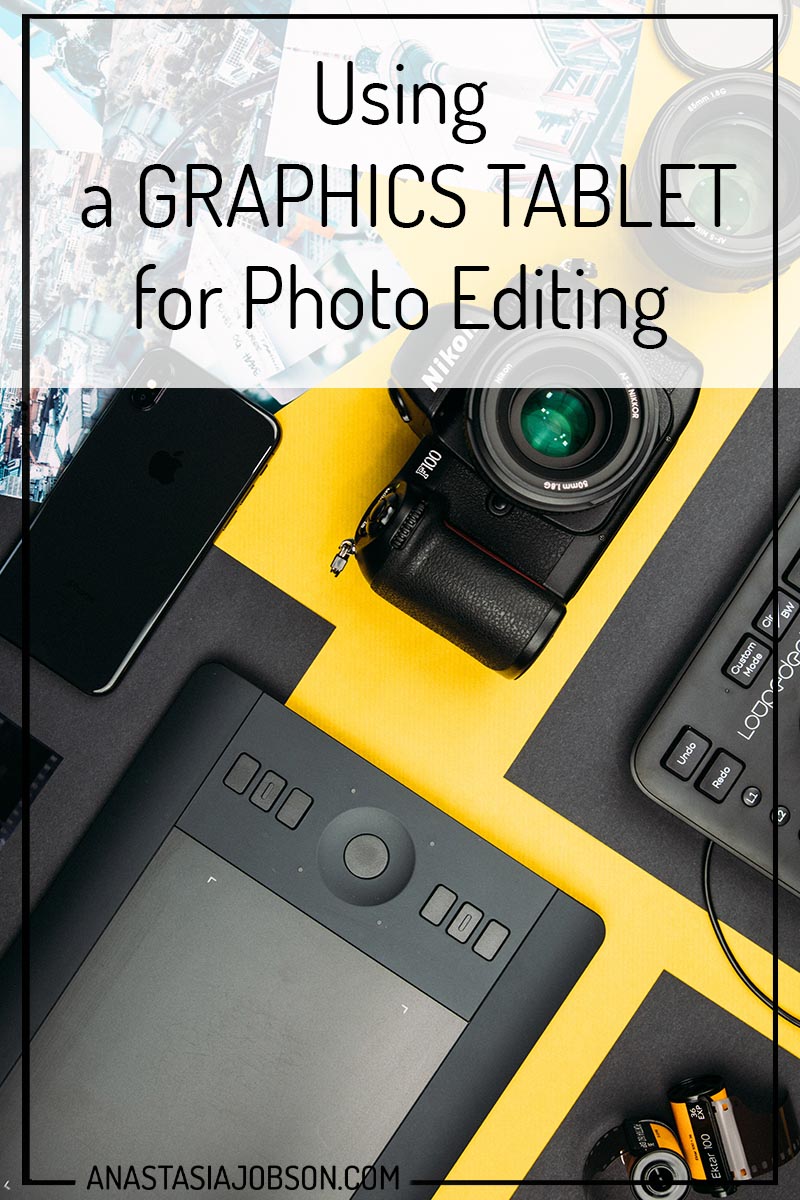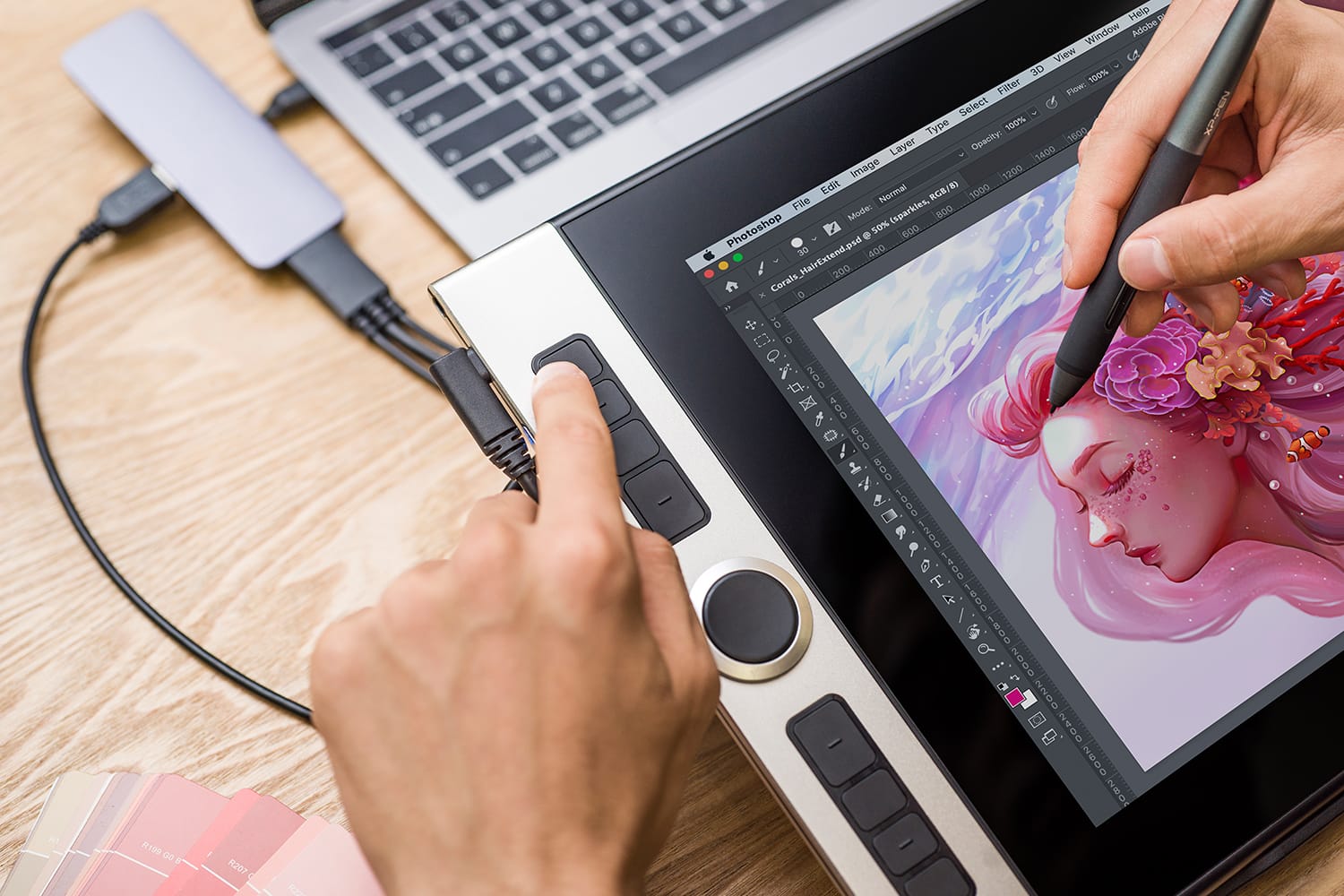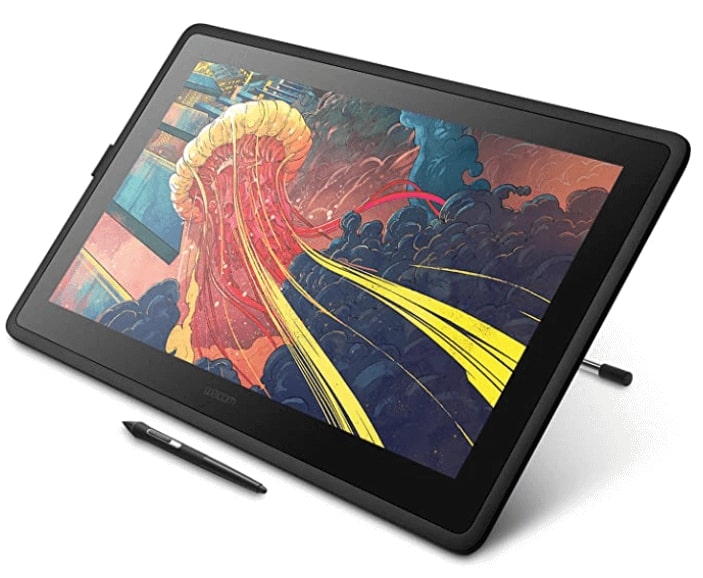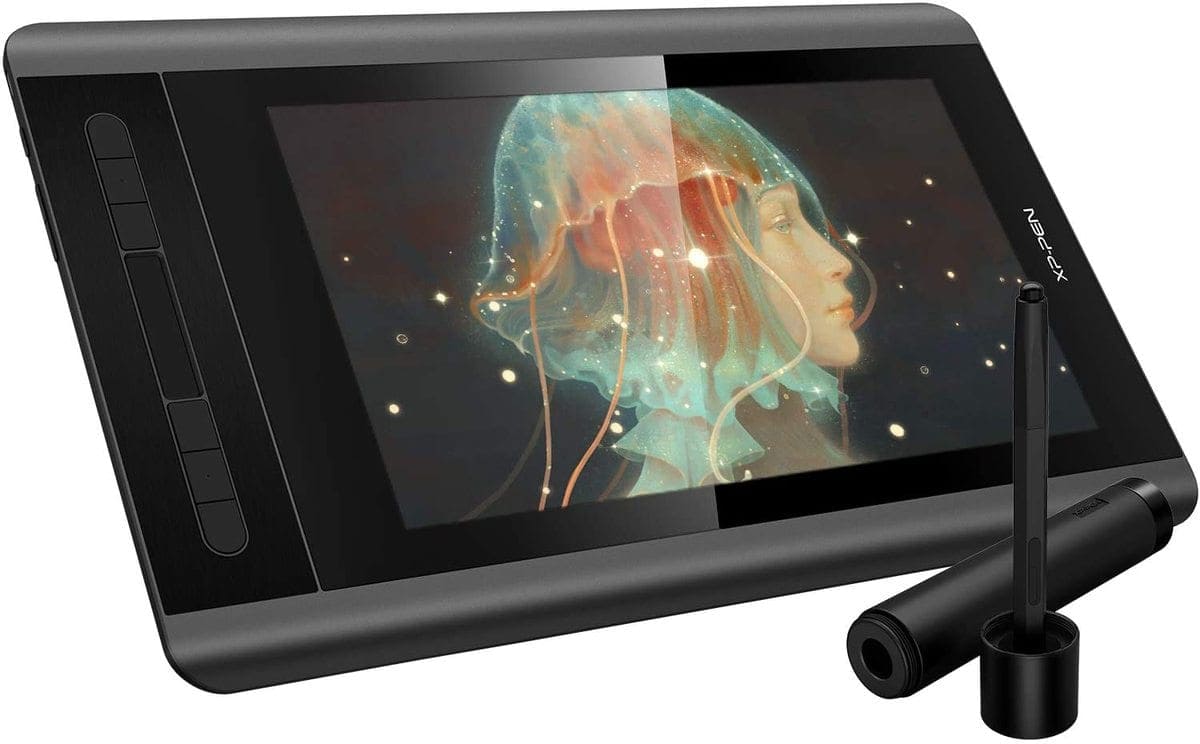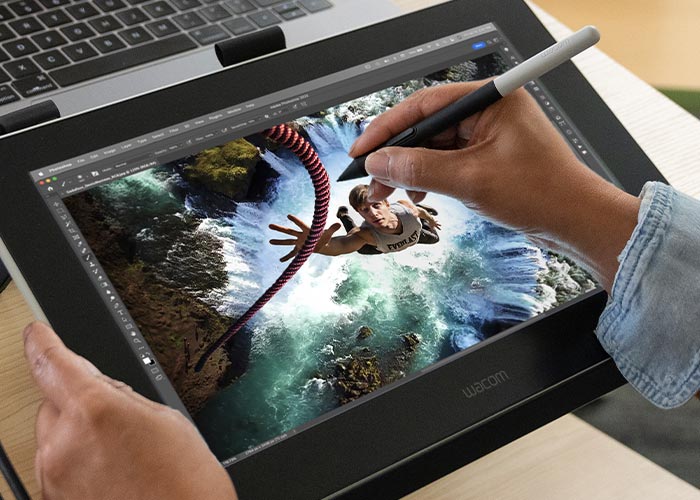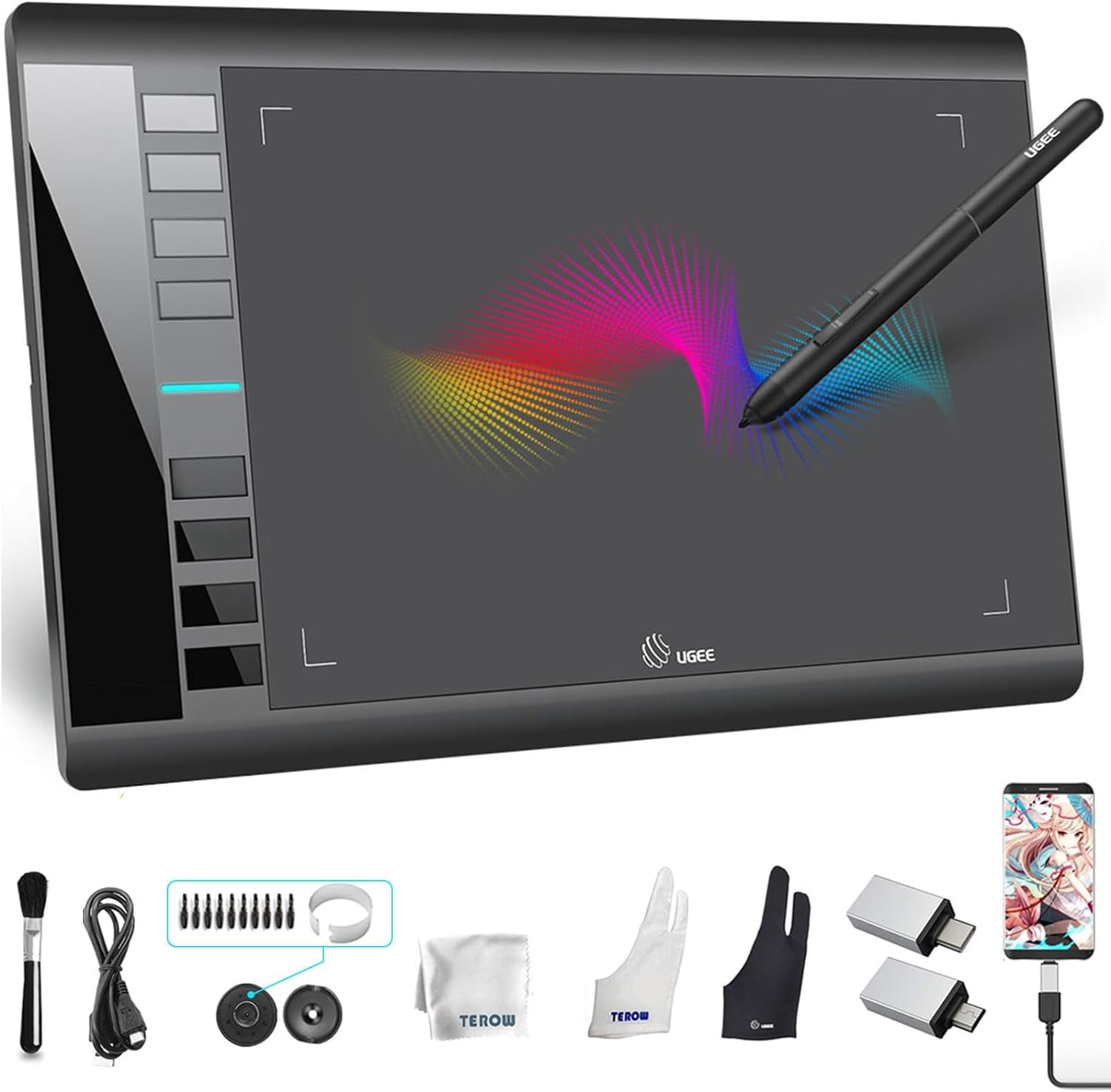Graphics Tablet For Editing Photos

Photo editors are reporting a significant boost in efficiency and precision with the rising popularity of graphics tablets, moving away from traditional mouse-based editing.
Graphics tablets offer a more intuitive and natural way to interact with image editing software, potentially saving professionals valuable time and improving the quality of their work.
The Shift from Mouse to Pen: A Detailed Look
The shift to graphics tablets represents a significant change in the workflow of many photo editors. Wacom, a leading manufacturer, reports a 25% increase in tablet sales within the creative professional market in the last quarter.
This surge indicates a growing recognition of the tools' benefits. Users are finding enhanced control over details.
Key Advantages Outlined
Photo editors cite several advantages of using graphics tablets. The most prominent include increased precision, pressure sensitivity, and a more ergonomic workflow.
Pressure sensitivity allows for variable brush strokes, mimicking the feel of traditional art techniques. This is significantly enhancing the editing of photographs.
According to a recent survey by Adobe, 78% of photographers who switched to tablets reported a noticeable improvement in their editing speed and accuracy. This demonstrates a clear benefit.
Leading Tablet Brands and Models
Several brands are vying for market share, but Wacom and Huion remain the dominant players. Wacom's Intuos Pro and Cintiq lines are popular choices for professionals, while Huion offers more budget-friendly options like the Kamvas series.
The choice depends largely on individual needs and budget. Many professional photographers are opting for high-end models.
XP-Pen is another brand quickly gaining traction. They are attracting users with a blend of affordability and performance.
Software Compatibility: Seamless Integration
Modern graphics tablets are designed for seamless integration with popular photo editing software. This includes Adobe Photoshop, Lightroom, and Capture One.
Drivers are regularly updated to ensure compatibility with the latest software versions. This smooth integration is key to their adoption.
Users report minimal learning curves when switching from a mouse to a tablet. This is a testament to the intuitive design.
Expert Opinions and User Testimonials
"The transition to a graphics tablet was a game-changer for my workflow," says renowned portrait photographer, Jane Doe. "I can now edit with a level of precision that was simply impossible with a mouse."
Software companies are recognizing these changes. Adobe's development teams are actively optimizing software for tablet input.
John Smith, a landscape photographer, notes, "The pressure sensitivity allows me to subtly dodge and burn, creating more natural and nuanced effects in my images."
Next Steps: Expanding Accessibility
As graphics tablet technology becomes more accessible and affordable, industry experts expect wider adoption across all levels of photo editing. This includes amateurs and enthusiasts.
Manufacturers are continually innovating, introducing new features like tilt recognition and improved stylus technology. These innovations are attracting new users.
Stay tuned for further updates on graphics tablet technology and its impact on the evolving landscape of digital photo editing.


